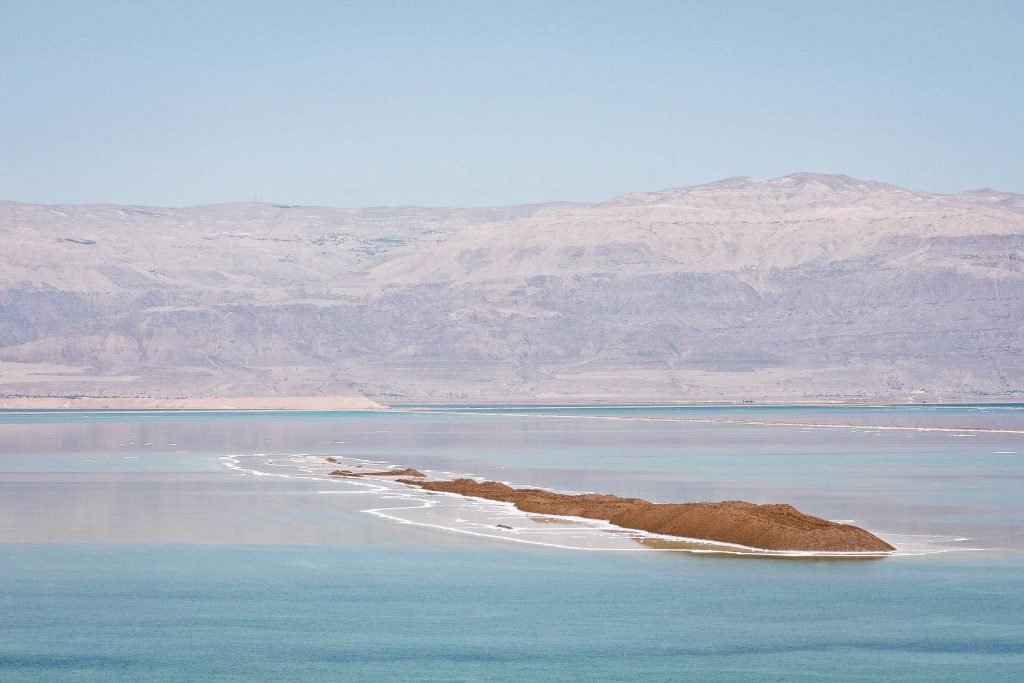MAQAM NABI MUSA & THE DEAD SEA
The Dead Sea has attracted visitors from across the Mediterranean basin for thousands of years. It was one of the first spas in the world (for Herod the Great), and was a supplier of a variety of products such as asphalt for the Egyptians for embalming and potash for compost. Today, tourists visit the sea from its coasts in the area controlled by the Israeli occupation, Jordan and the West Bank. The Israeli occupation has been criticized for not allowing the development of Palestinian tourism along the West Bank.
This lake was called the “Dead Sea” because of the inability of living organisms or fish to live in it because its water is very salty, as it is about ten times the salinity of the oceans, and this changes depending on the depth. Also, living organisms do not live in it, although there are some types of bacteria and micro-fungi in it.
The shrine of the Prophet Musa, which was established by Salah al-Din al-Ayyubi and built by al-Zahir Baybars in the year 668 AH / 1269 AD, is located 8 km south of Jericho, and is 28 km east of Jerusalem. It is considered one of the most important Maqam in Palestine. Because of the magnitude of its buildings, its ancient history, its wide fame, and its role in the modern history of Palestine.
This building has no historical relationship with the Prophet Moses, as it is historically proven that the Prophet Moses died and was buried in the wilderness and did not come to Palestine.
In the month of April, many delegations from different cities gather to celebrate and perform religious rites in the Maqam.
The trip includes an overview of the southern West Bank, a tour along the entire length of the Dead Sea, and a chance to swim in the healing waters of the sea. We’ll visit the historical building of Maqam Al nabi Mousa. We'll also pass by a settlement, see the separation wall, and learn about some political and environmental issues along the way.

- 4 hours
- $100 per person